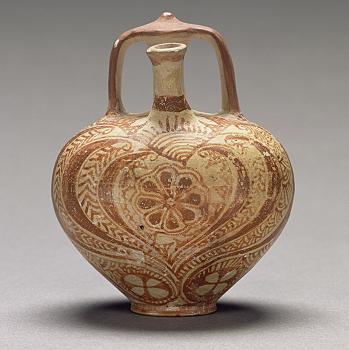American Journal of Archaeology | The Journal of the Archaeological Institute of America
You are here
The Dipylon Mistress: Social and Economic Complexity, the Gendering of Craft Production, and Early Greek Ceramic Material Culture
April 2020 (124.2)
The Dipylon Mistress: Social and Economic Complexity, the Gendering of Craft Production, and Early Greek Ceramic Material Culture
This article considers the role of changing contexts of production in the evolution of ceramic material culture in early Greece. Rather than focusing on the aesthetics of ceramics or reading political and social change from patterns in ceramic style and consumption, we consider Early Iron Age (EIA) ceramic style in its context of production. Isolating the idiosyncratic aspects of EIA material culture and evaluating them in dialogue with the ethnographic record, we argue that dynamics of change in EIA ceramic repertoires may be best explained as the result of evolving contexts of production after the Bronze Age collapse that resulted in women having an increased and prominent role in potting and painting vessels. Likewise, stylistic changes occurring in the late eighth and seventh centuries BCE may be related to a transition back to a more complex economic structure in which ceramic style was driven by profit-seeking male potters.
By Sarah C. Murray, Irum Chorghay, and Jennifer MacPherson
American Journal of Archaeology Vol. 124, No. 2 (April 2020), pp. 215–244
DOI: 10.3764/aja.124.2.0215
© 2020 Archaeological Institute of America


